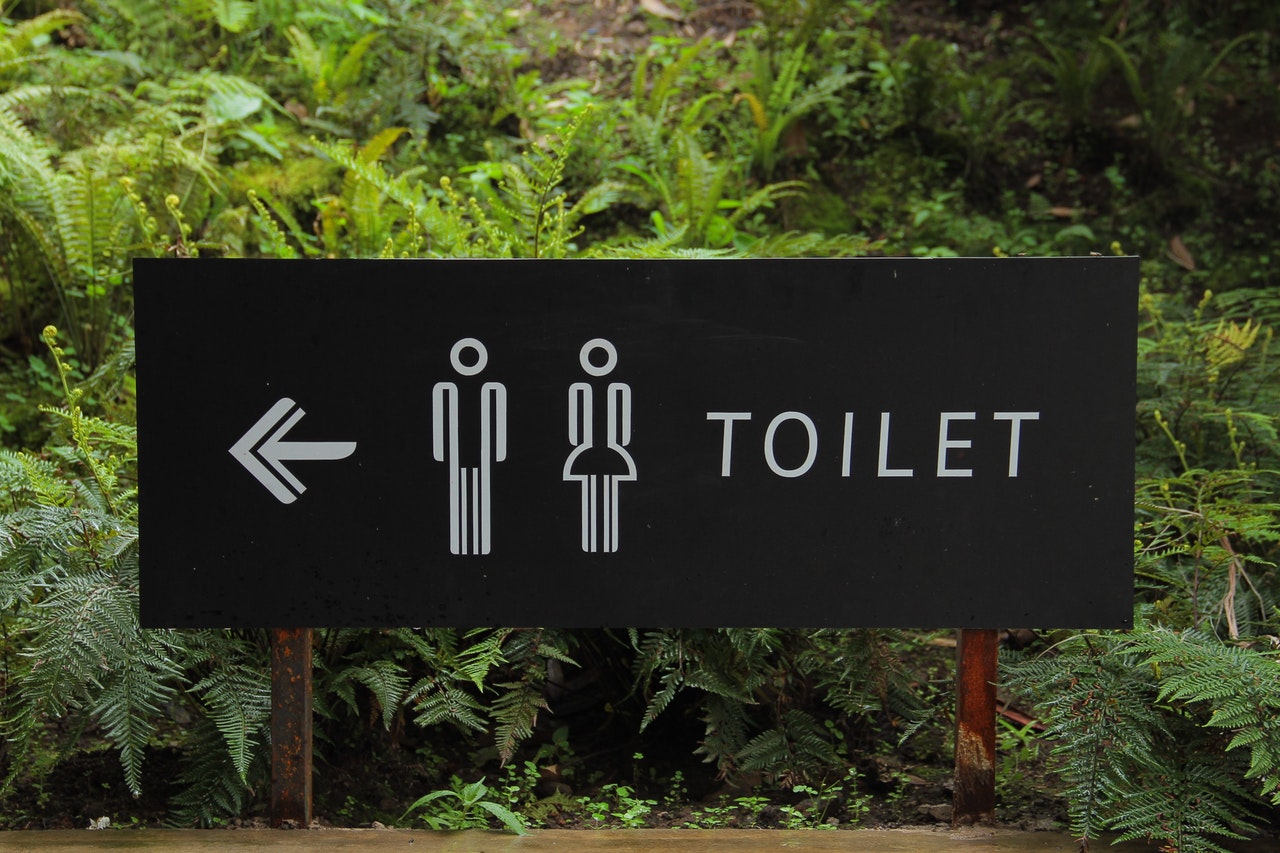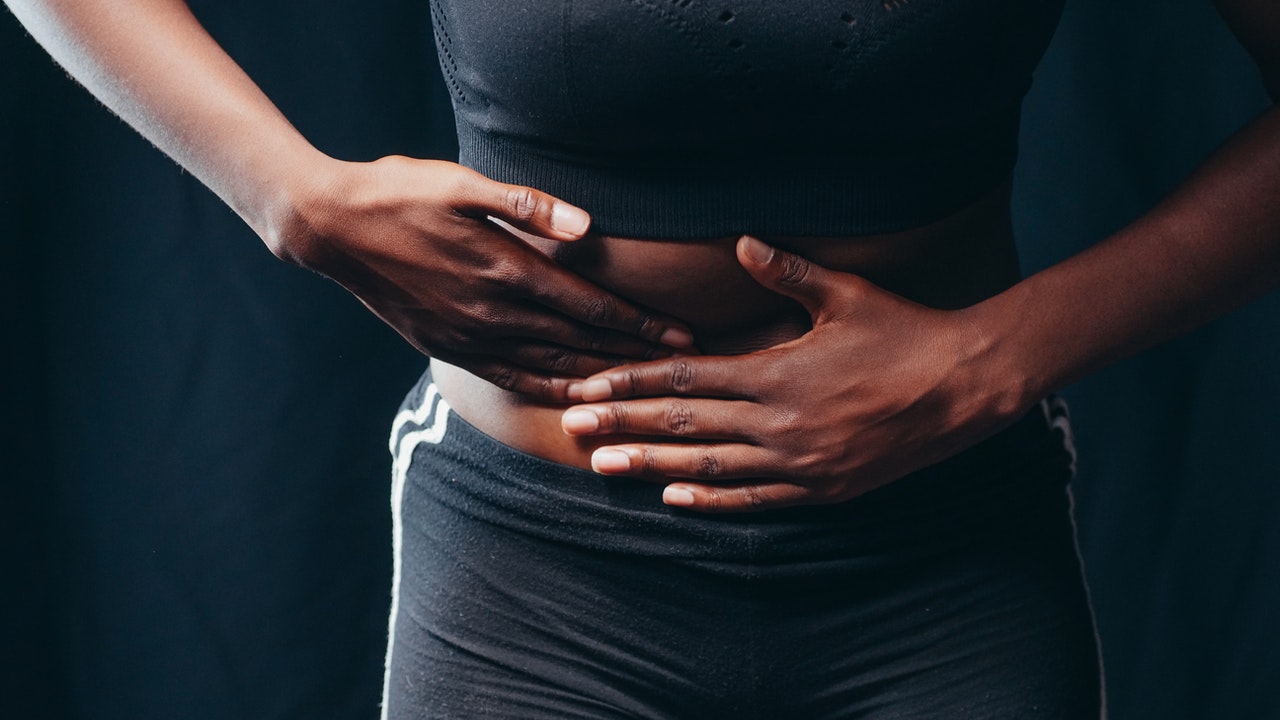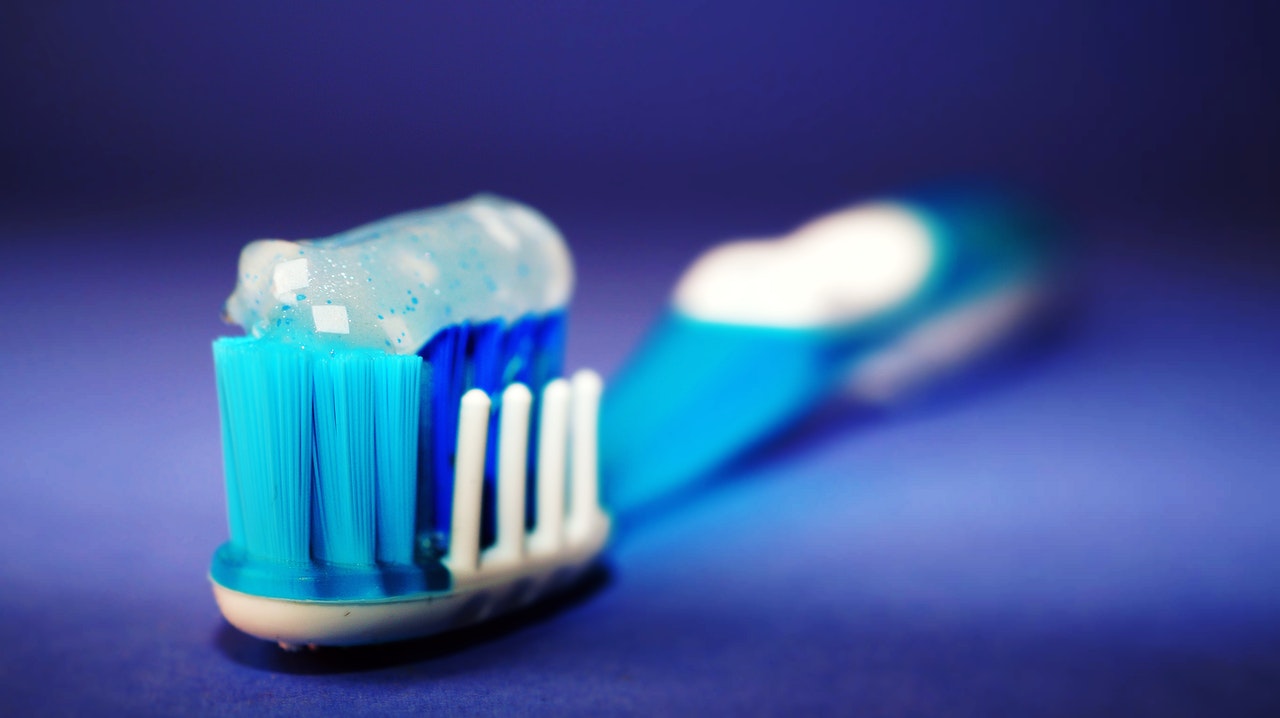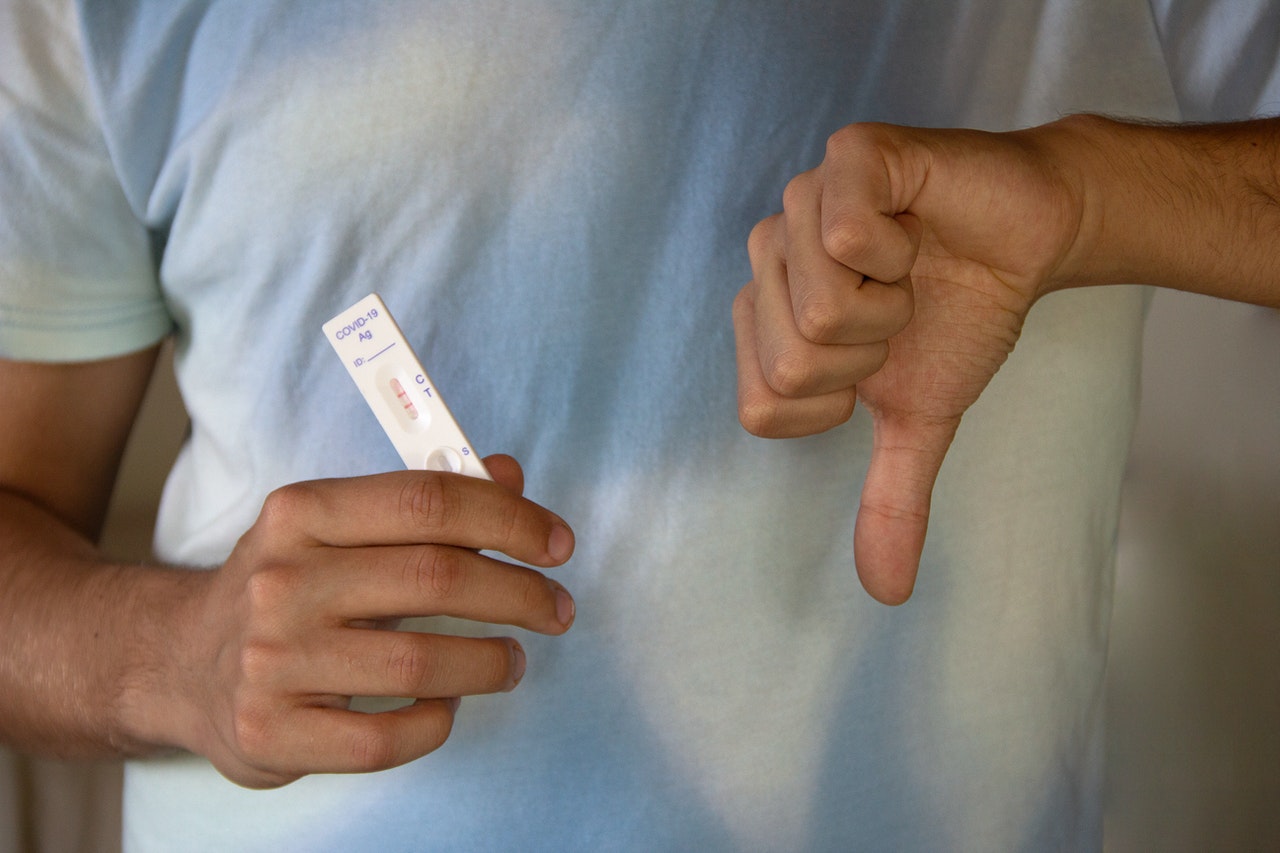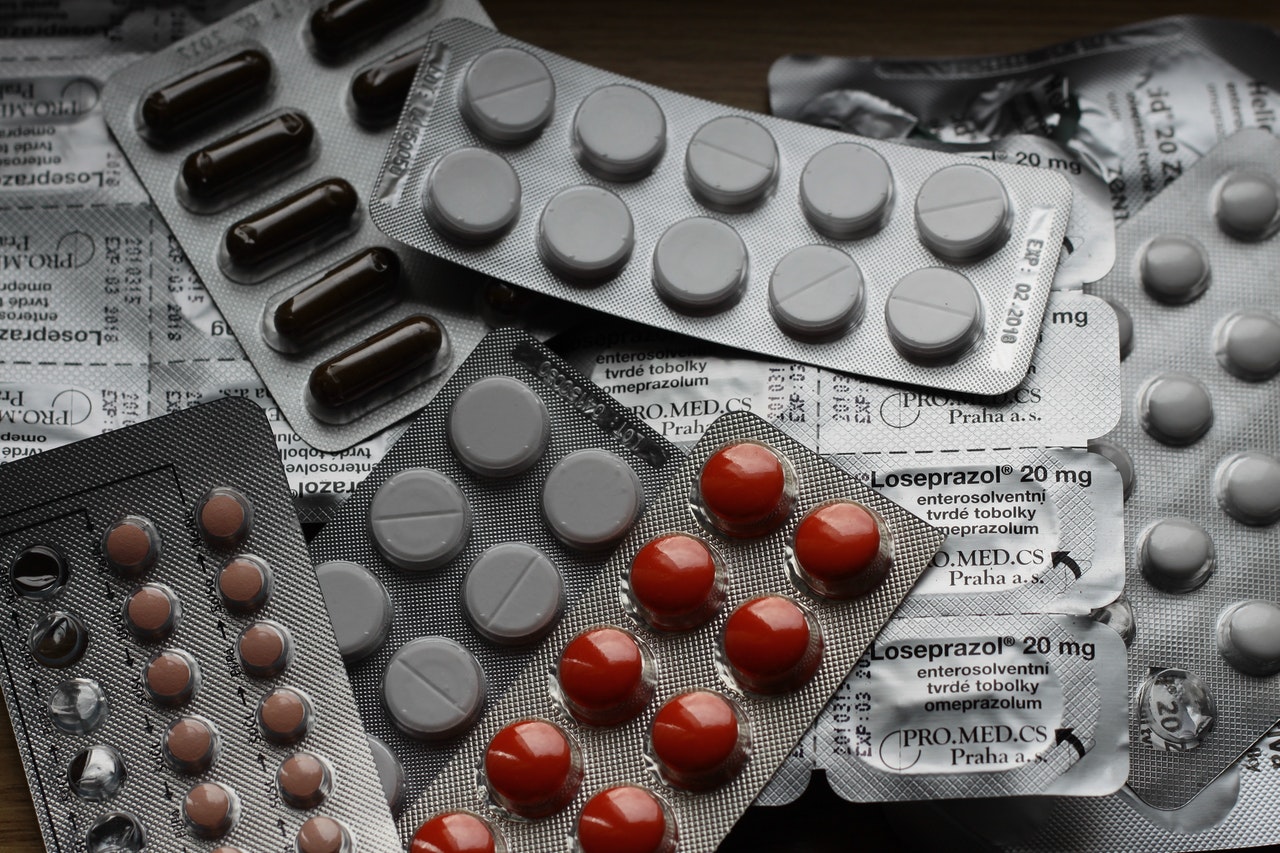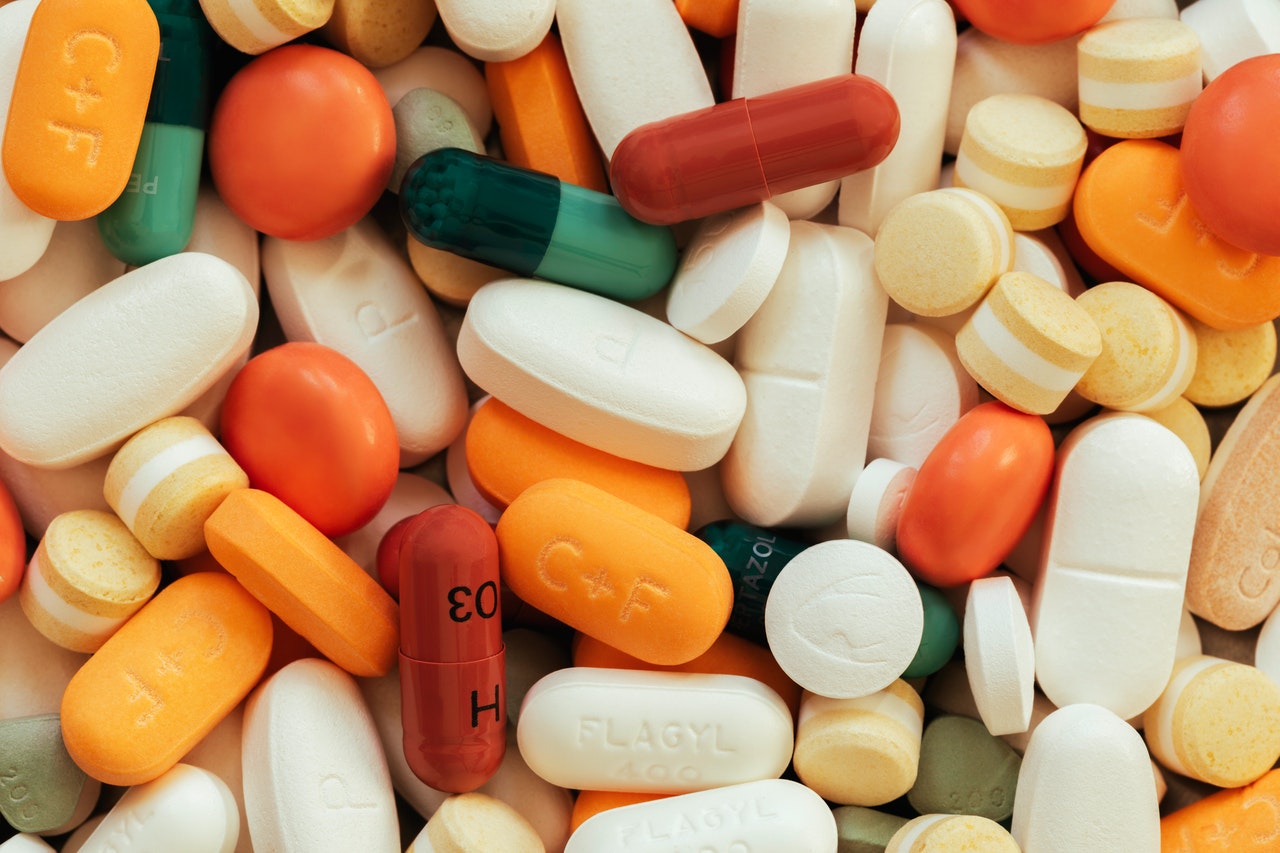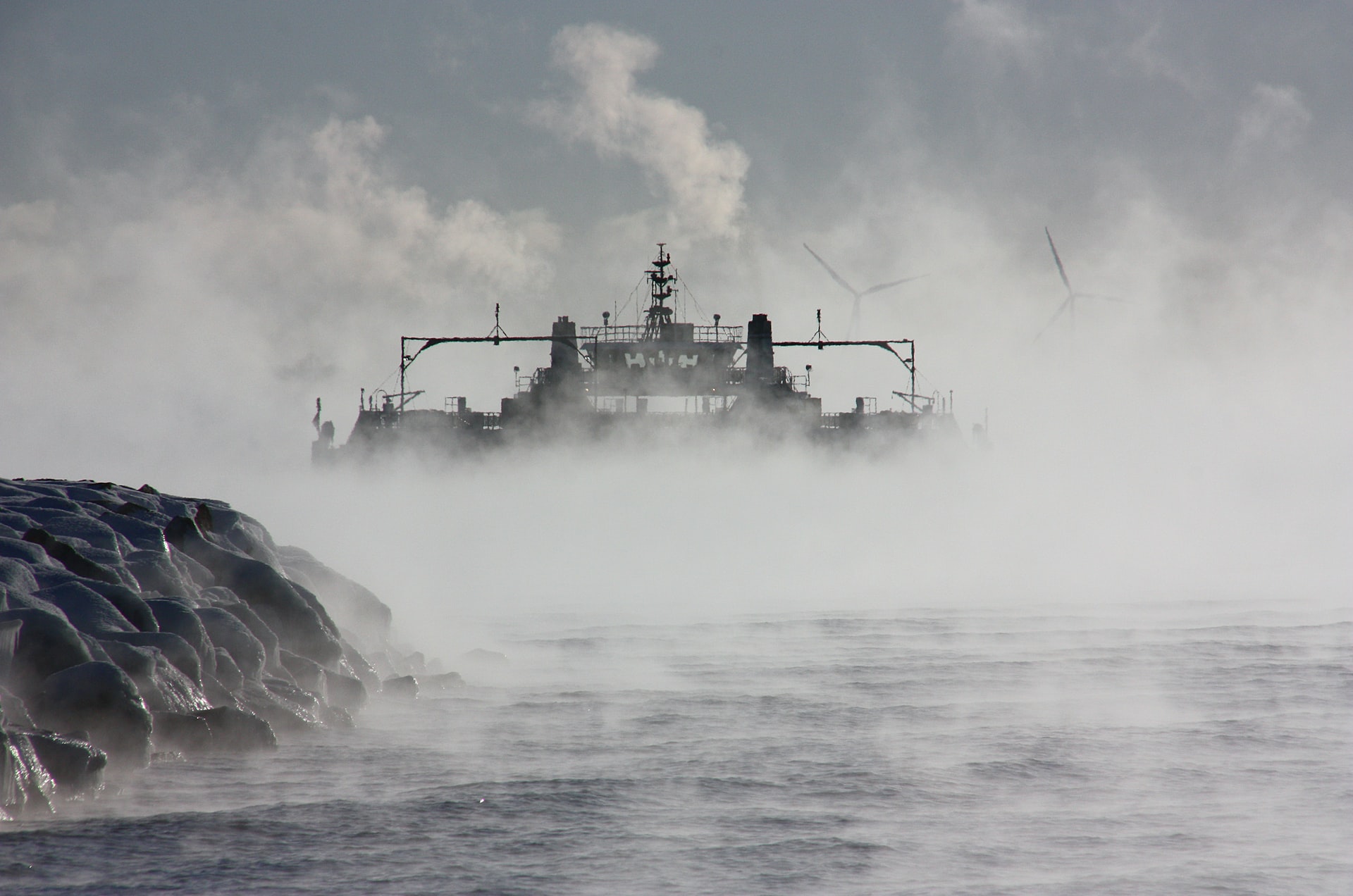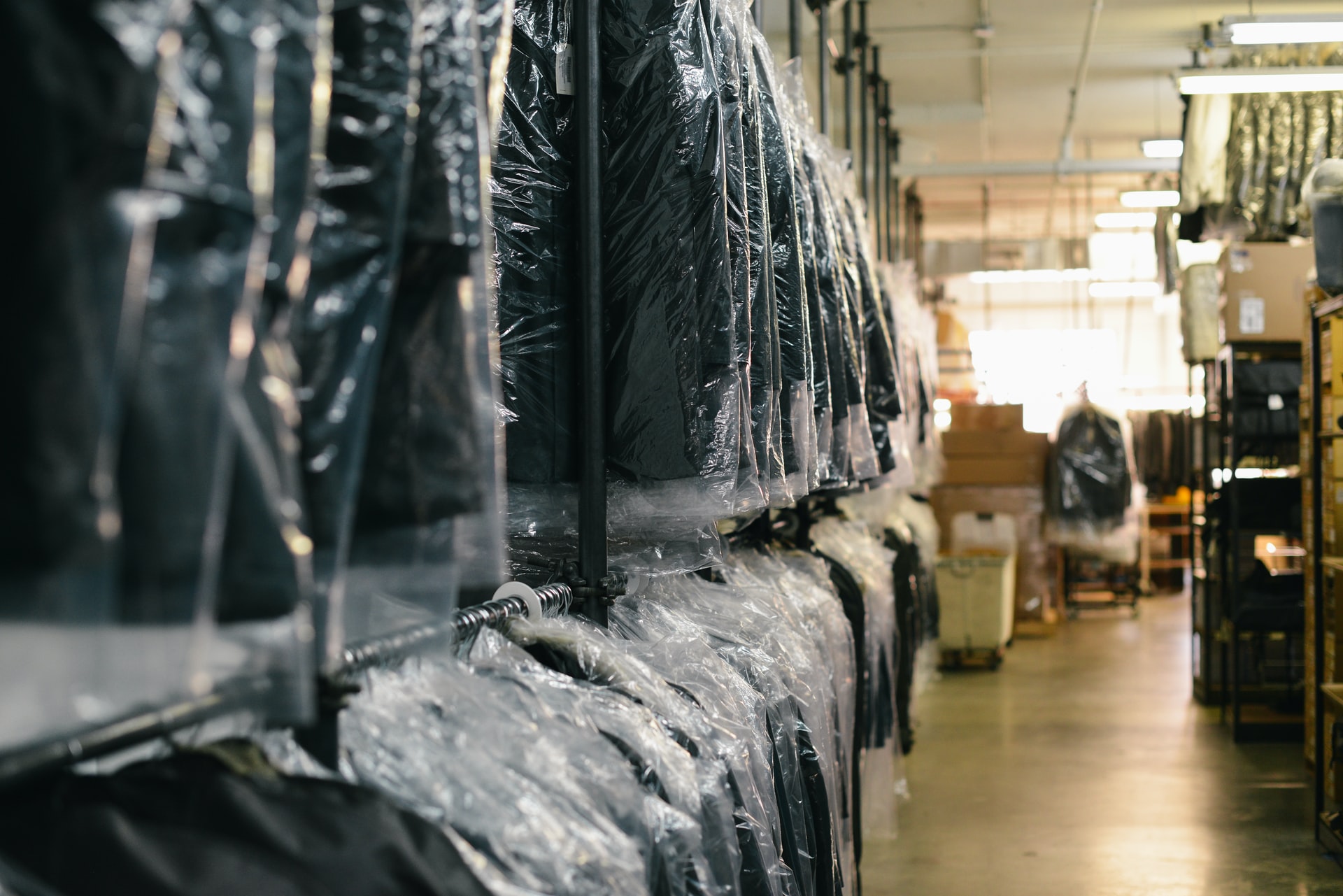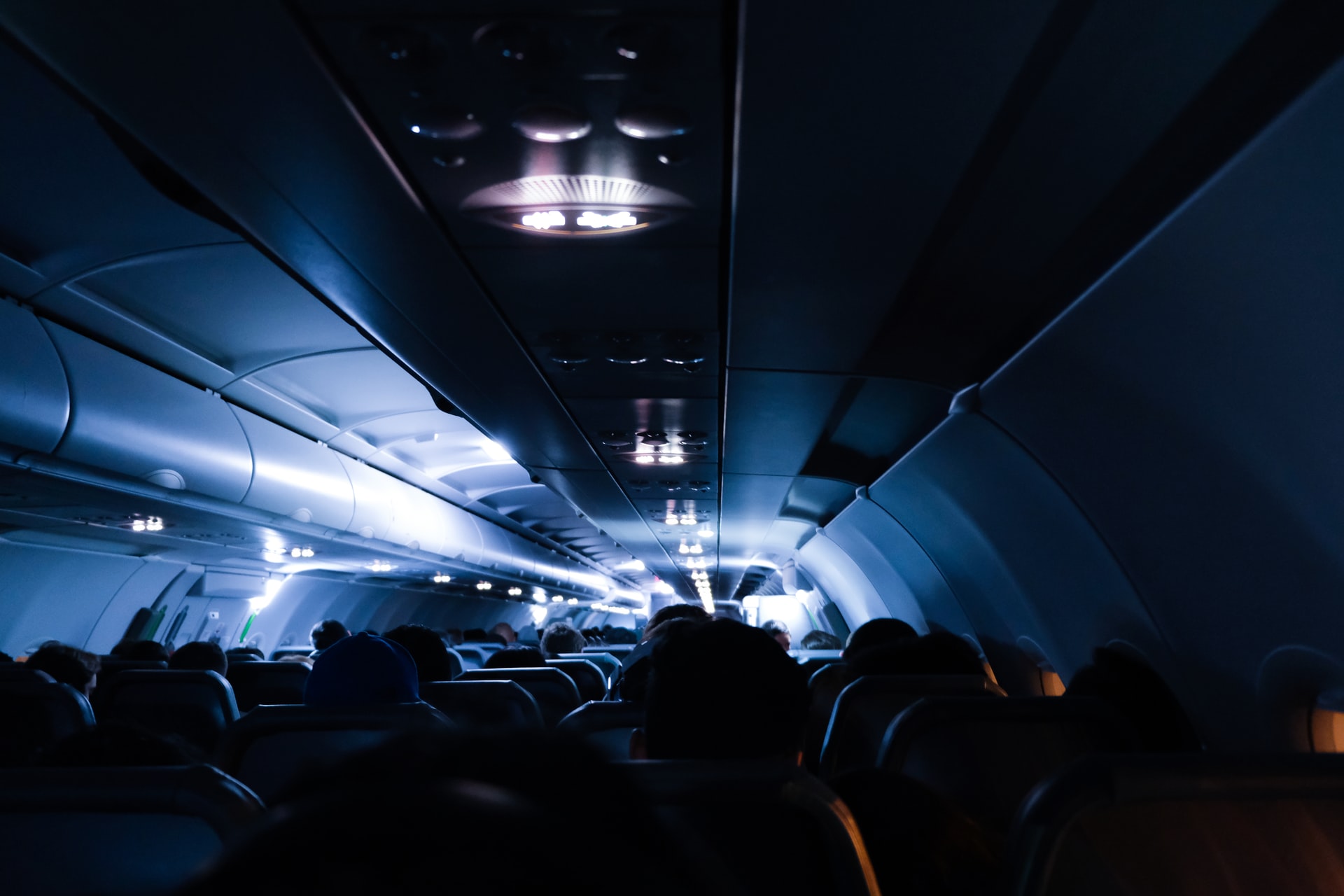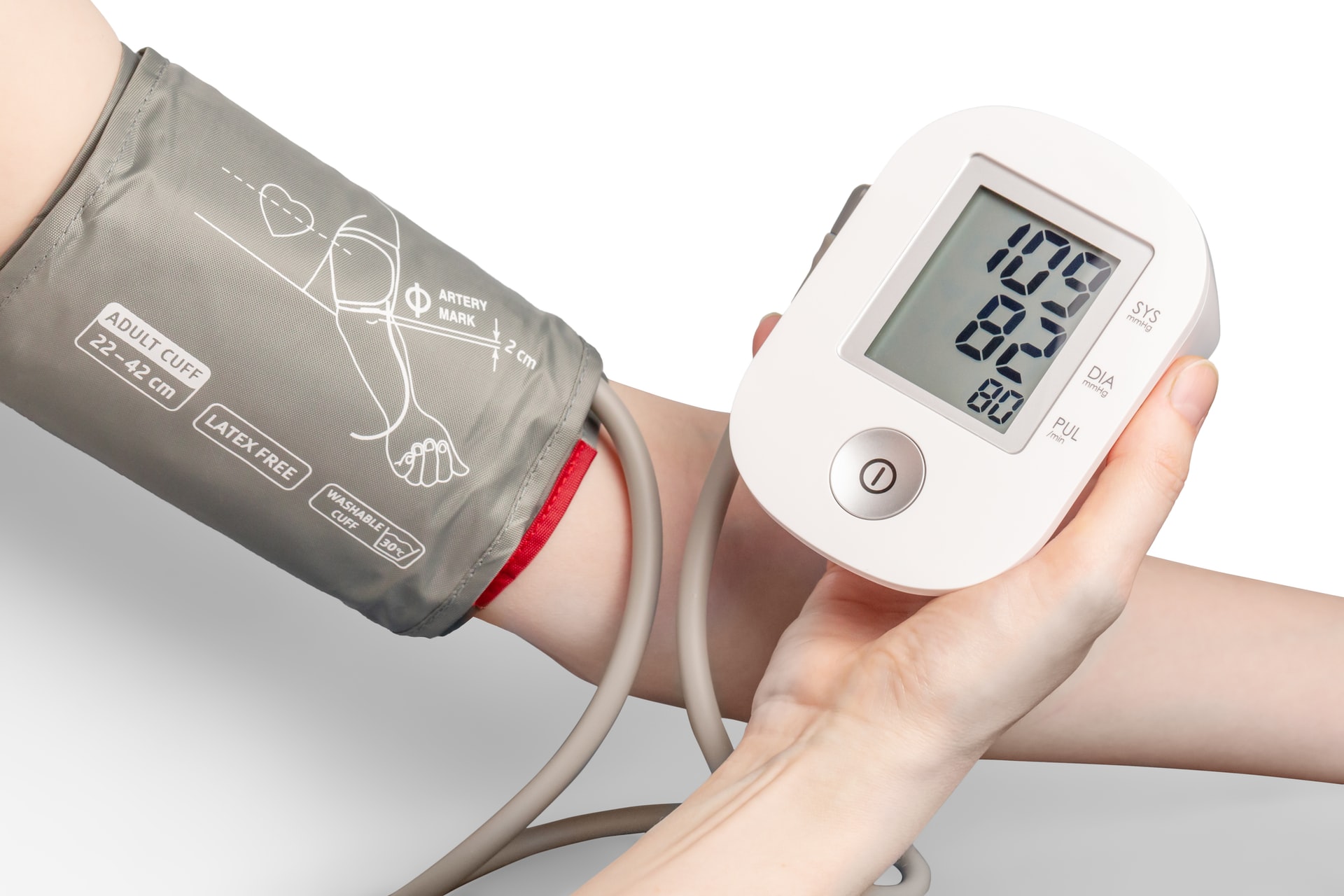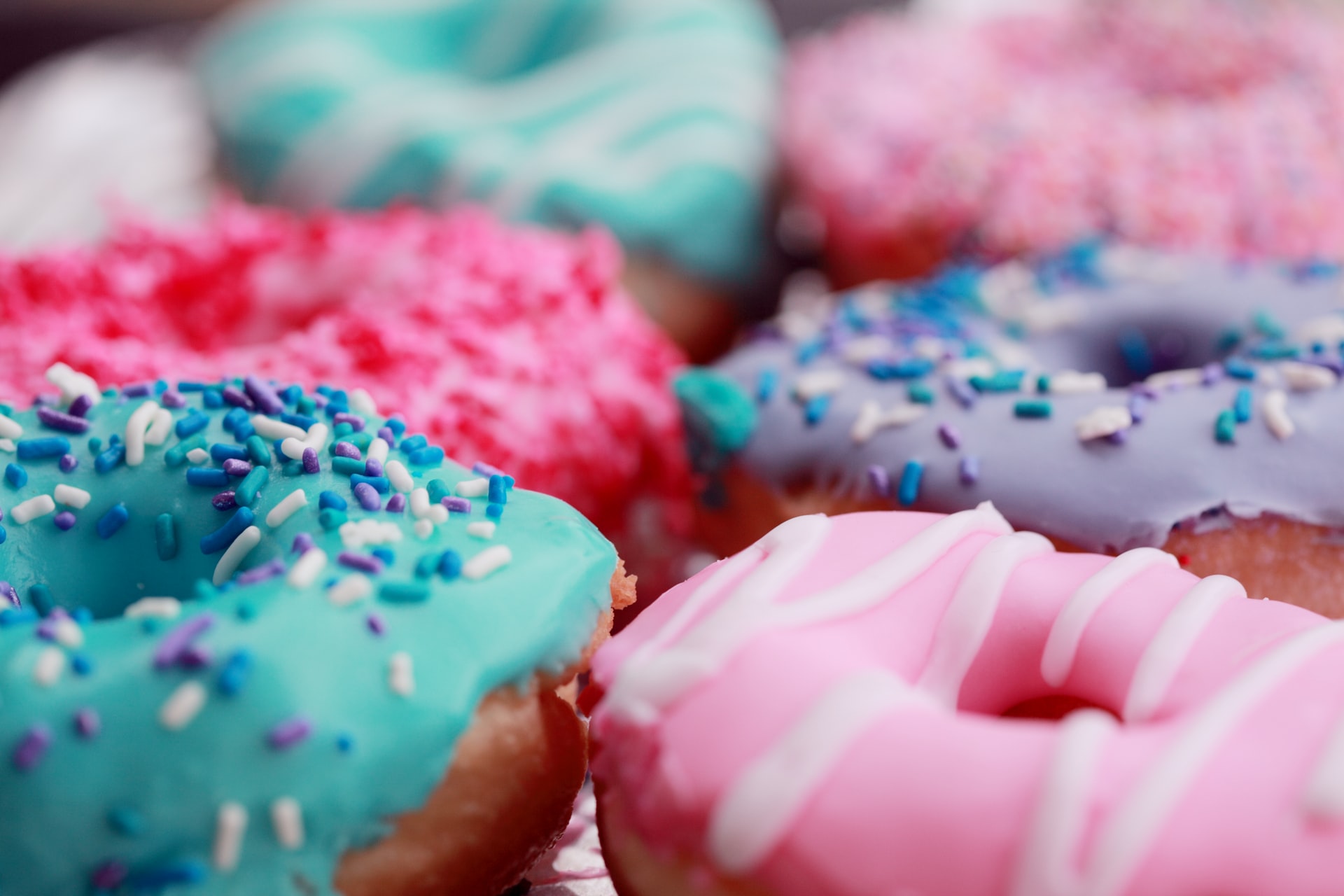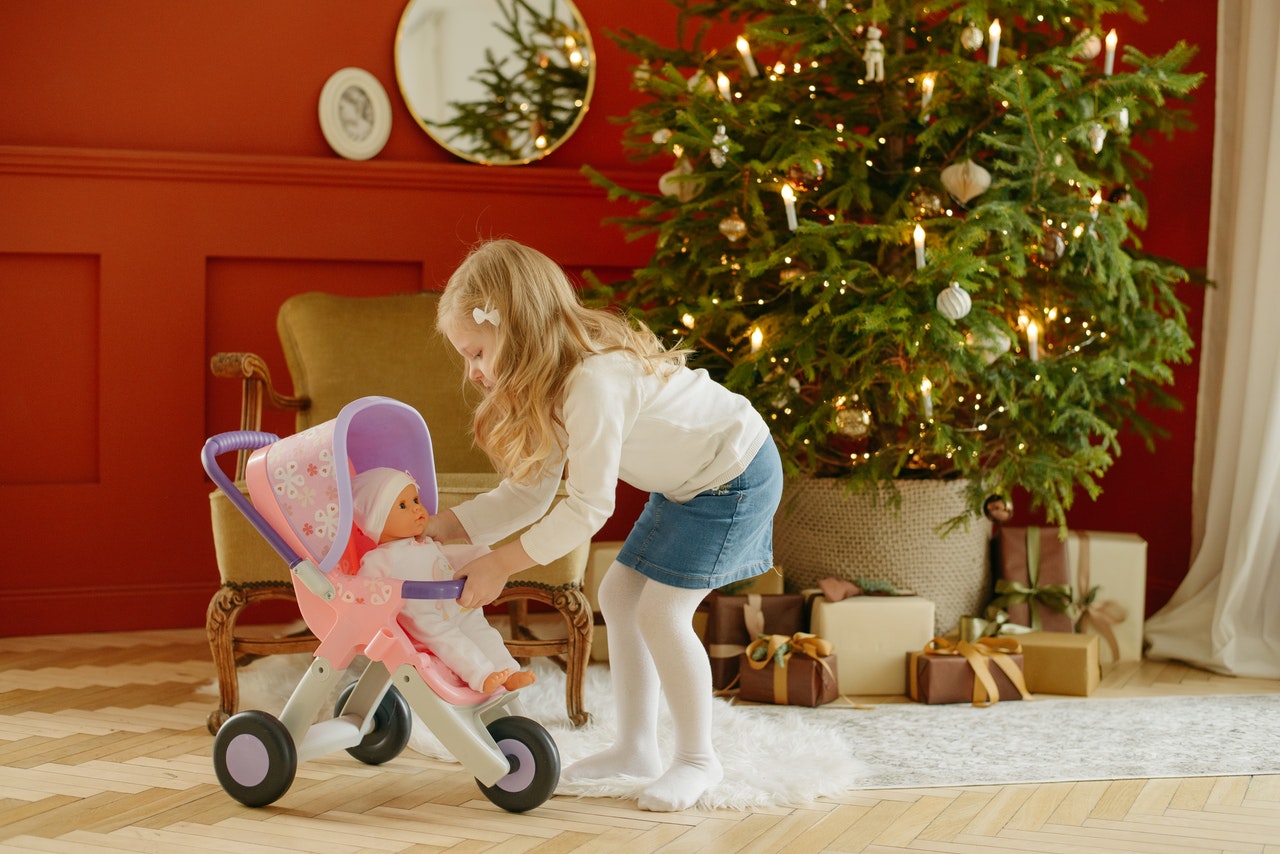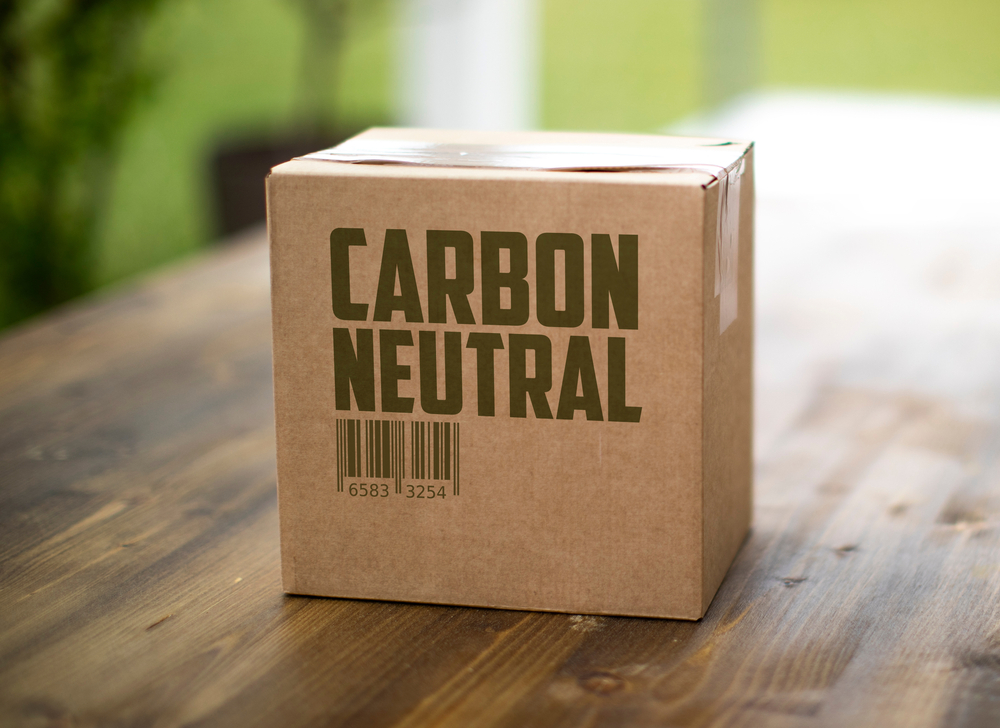Reading Time: 2 minutes
- The coffee plant is a fruit tree that gives a red-coloured fruit, called the coffee cherry, apparently because it looks like a cherry.
- Each coffee cherry usually has two green coffee beans inside (the brown coffee beans result from roasting the dried green coffee beans).
- A typical green coffee bean has 74% insoluble (don’t dissolve in water) components and 26% soluble (dissolve in water) components.
- Caffeine is one of these 26% naturally occurring soluble components (contributes to about 1.5%) and dissolves easily in water.
- If caffeine were the only soluble component, decaffeination would mean simply soaking the green coffee beans in water and removing this water after the caffeine dissolves in it.
- But coffee has other soluble components as well, and those would also dissolve in the water, leaving the coffee with an unpleasant taste and texture.
- The solution to this problem is to replace water with a solvent/chemical (e.g. ethyl acetate) that dissolves only the caffeine but not the other soluble components.
- This is one (direct solvent technique) of the methods, but people have concerns with this one because a direct chemical (solvent) treatment of beans is involved.
- In the second (indirect solvent technique) method, beans are soaked in hot water.
- After caffeine & other solubles dissolve in it, beans are taken out, and ethyl acetate is added to this liquid mixture.
- After some time, caffeine combines with ethyl acetate, and both of them evaporate upon heating.
- The leftover liquid mix (rich in flavours but has no caffeine in it) is added back to the beans making the beans rich in flavour, but these are now caffeine-free.
- In the third (Swiss water method) method, the beans are soaked in water.
- This water is passed through activated charcoal, which catches caffeine (like a net catching the fish).
- The caffeine-free liquid is added to a new set of beans, and apparently, when this liquid heats with a new set of beans, only caffeine gets removed.
- In the fourth method (Supercritical CO2 extraction), CO2 is pressurized to change to liquid (at this stage, CO2 is called Super Critical CO2).
- Super Critical CO2 tends to stick to caffeine, so when this liquid CO2 is forced through caffeine-rich water, it picks out the caffeine molecules and is pumped out.
- Overall, caffeine is naturally occurring; decaffeination is done through ‘unnatural’ processes & if one is not sensitive to caffeine, one is better off avoiding decaf (also, most decaf coffees are not totally decaffeinated; some traces almost always remain).
Also Read:
How does caffeine keep us awake?
Image courtesy of Burst through Pexels
Reference shelf :




